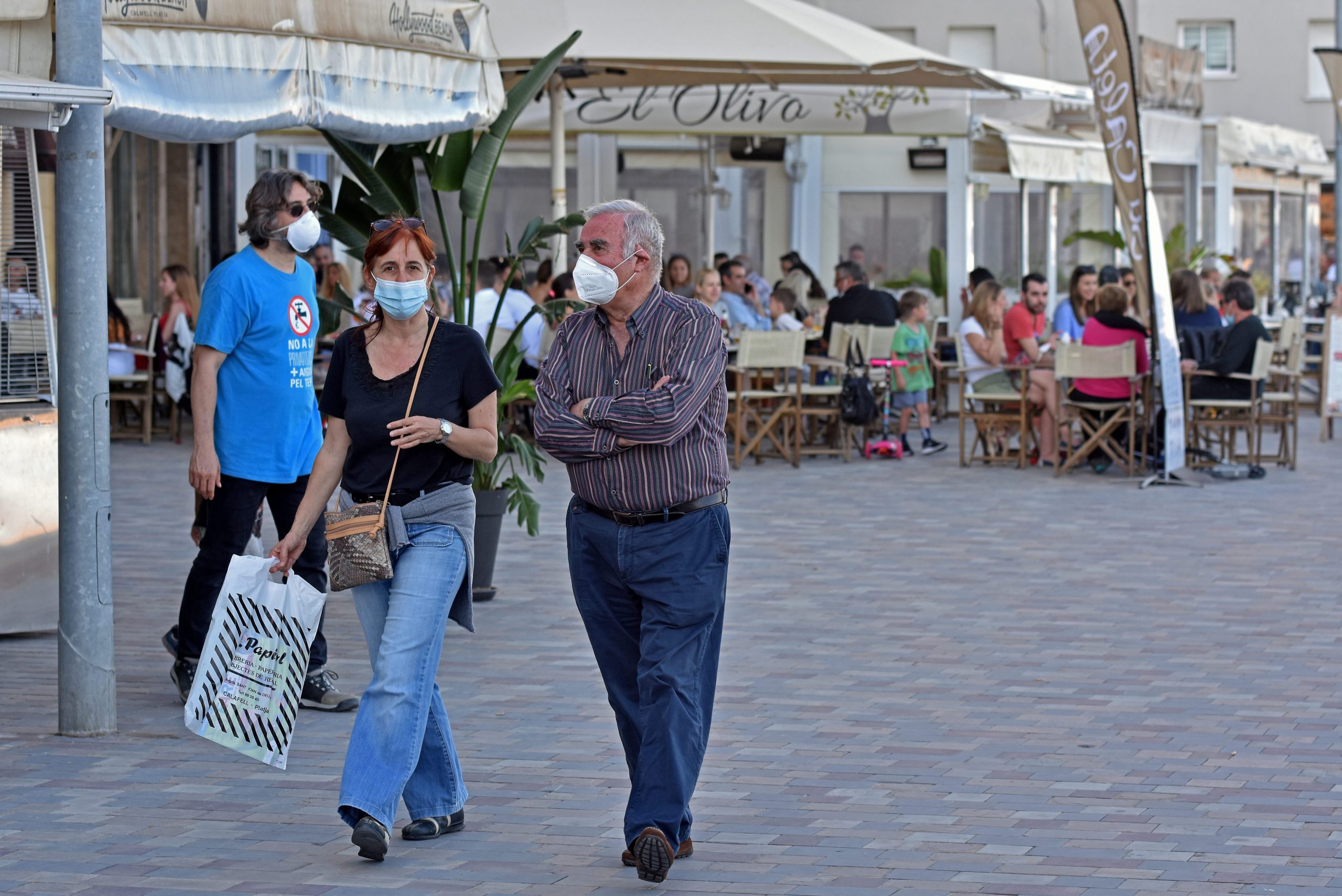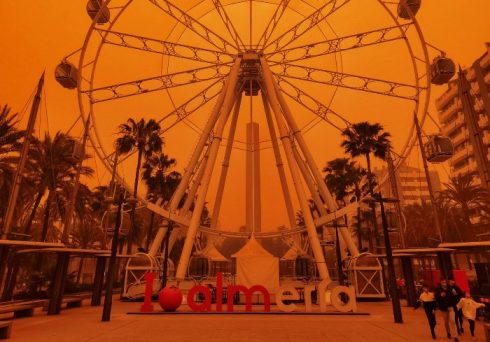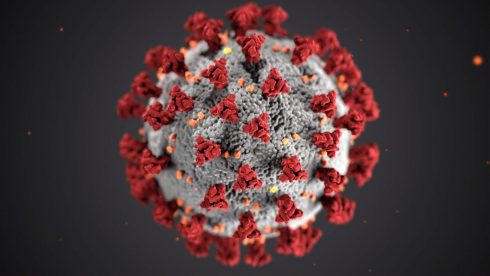IT’S been two years since Spain declared a ‘state of emergency’ as the coronavirus swept across Spain and the nation was put into lockdown.
The Olive Press takes a look back at how the pandemic evolved in Spain since that fateful March 15 when we were all told to ‘stay at home’.
When it began, most Spaniards believed lockdown would only last a fortnight instead people were confined to their homes and only allowed out for essential supplies and to walk the dog for almost three months.
Since that time Spain has officially registered 11 million confirmed cases of Covid-19 in Spain although we know the true number is far higher thanks to the fact that widespread testing was not available in the early days.
Tragically, Spain’s death toll officially stands at 101,135 people who have died due to Covid-19, although again the true number is likely to be far higher.
First Covid wave.
Everyone remembers this time when we used to go to our balconies and doorways each evening at 8pm and applaud healthcare workers and essential workers on the Covid frontline.
In those first three months Spain’s Ministerio of Sanidad reported at least 247,486 covid cases.
Second wave – New Normality
In May Spaniards were allowed to go out for walks and exercise with each age group given a slot in a daily timetable. This is also when bars were allowed to reopen limited hours. Everyone thought that the pandemic was over. However, during June and August the number of Covid-19 rose due to the “holiday period” which saw Spaniards travel across Spain often to coastal areas and sparked new wave of infections.

Christmas Holidays
Spain was once again back under restrictions by Christmas 2020 with limits placed on the number of people allowed at gatherings and curfews in place.
December 27 marked a momentous day in Spain’s history of Covid when the very first vaccine was given. The recipient was a 96-year-old woman called Araceli.

As the vaccination drive got underway, the number of Covid-19 cases continued to increase in the wake of the social gathering at Christmas and peaked on January 28.
But by February the cases started to fall.
Fifth wave
June 2021 saw Spain experience it’s fifth wave of infections. Coming a few weeks after curfews were eliminated by the Spanish government and regional borders were opened allowing free travel across Spain, this rise in infections was largely blamed on young people socialising as by now most people over the age of 50 were fully vaccinated.
This fifth wave was marked by low mortality rate, thanks to the successful vaccination programme and the Spanish authorities reported that only 0.2% of the people who were diagnosed with Covid died during this wave.

Omicron Wave
In October 2021, a new Covid-19 variant called Omicron first reached Europe. Health authorities estimated that it affected 5 million people in Spain.
This variant was more contagious than the previous ones. During the first three days of January alone, 400,000 covid cases were registered in three days.
READ MORE:
- TRAVELLING FROM SPAIN? UK scraps remaining Covid travel restrictions in time for Easter holidays
- ANALYSIS: How Spain’s Covid death toll compares to Europe and the rest of the world
Click here to read more Coronavirus News from The Olive Press.








